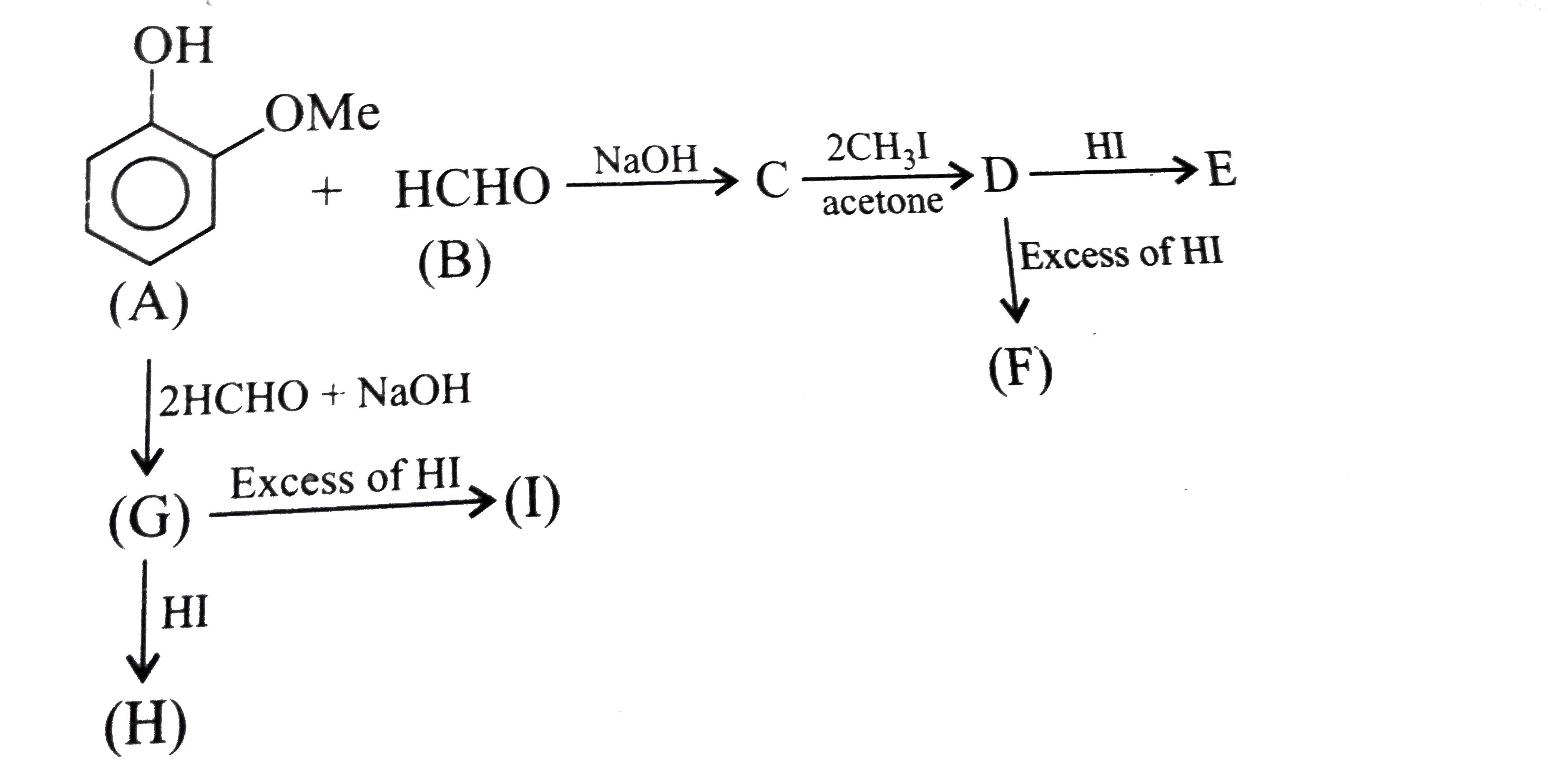(i) 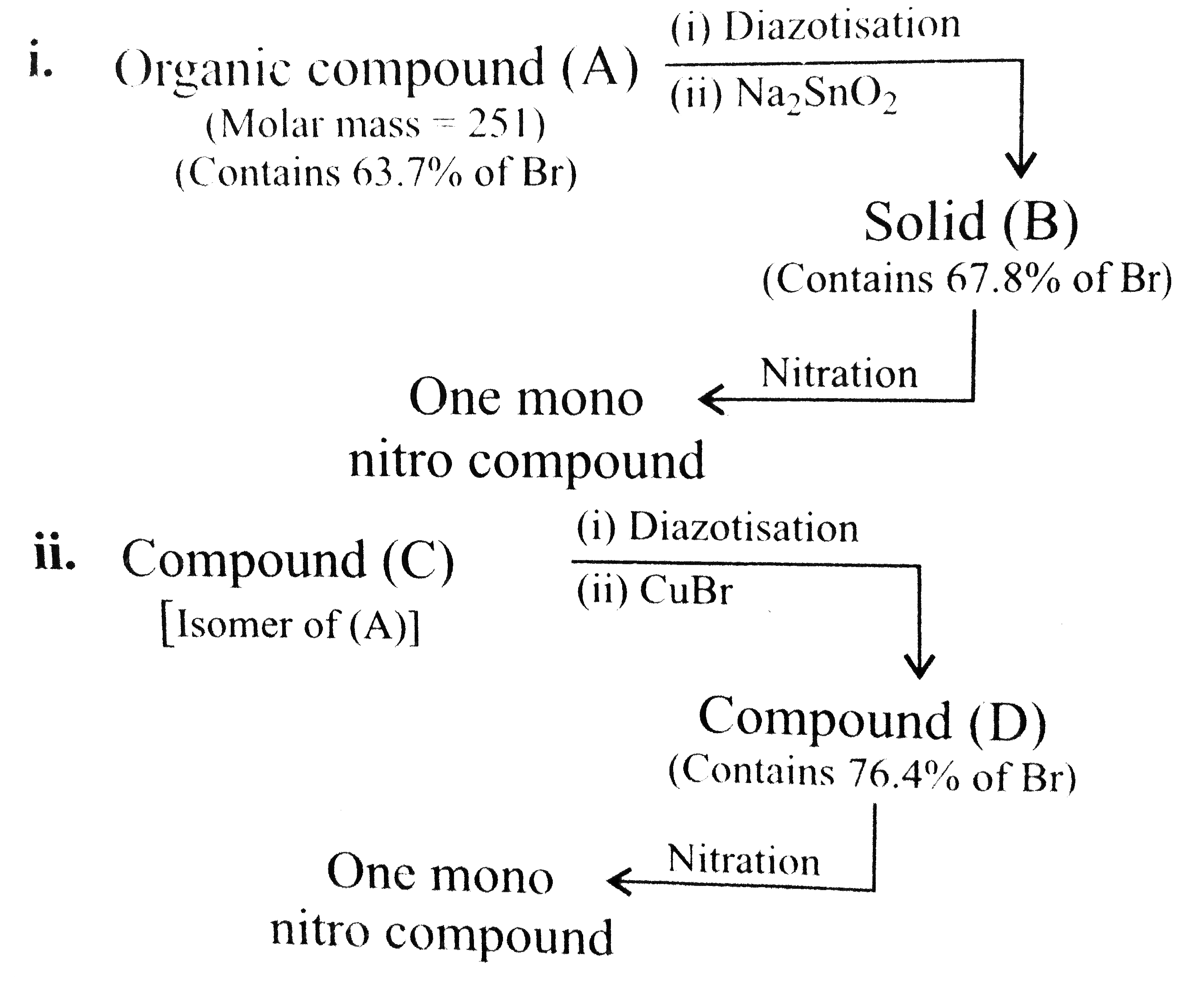
(ii)
Compound(D)is:
(V)
(VI)
(VII)
(VIII)
a. In compound(A), the (−NH2)group is removed and from the percentage of(Br) in(A) ,it is suggested that two(Br)groups are present in(A).The formation of one mono-nitro derivation from(B)suggests that two(Br)grops are present at para -position (OMP=231) .
So compound (A) is 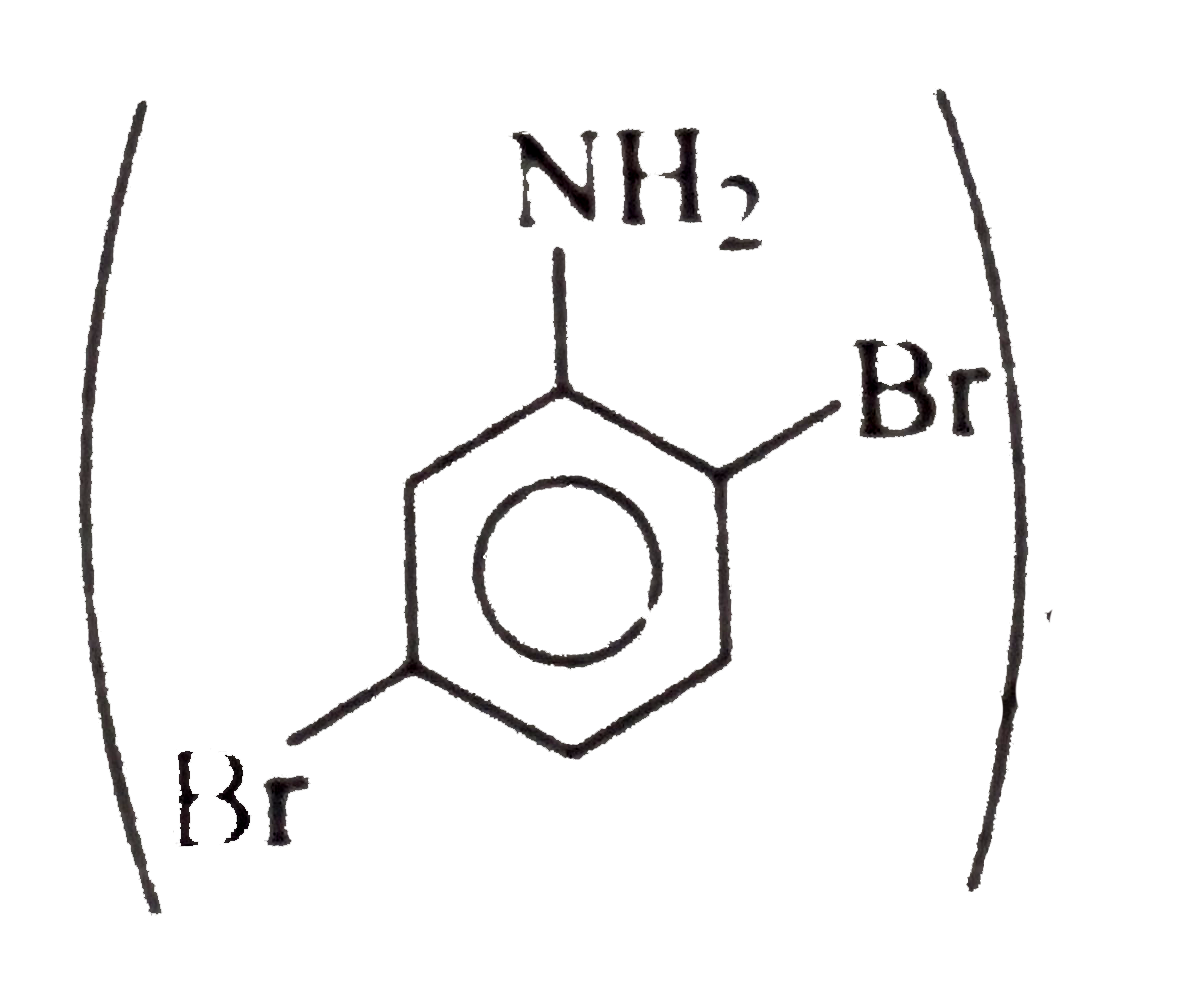
In compolund C , the (−NH2) group inremoved and one more (Br) group is introduced in (C ) , this suggests that compound (D)ocntaisn three (Br ) group, which is confirmed from the prectage of Br in (D).
The formation of one mon-nitro derivative from (D) suggests that three Br groups are present at symetrical jposition is (D)(AUS=231).
So Comoud (D) is <br>Reations:<br><imga≤ocr_imageload∈g=lazysrc=https://d10lpgp6xz60nq.cloudfront.net/physics_images/KSV_CHM_ORG_P2_C15_E01_039_S02.pngwh=80%mx-autosty≤=background:white;><br> (##KSV_CHM_ORG_P2_C15_E01_039_S03.png" width="80%">.
Colculation fo mumber of Br in (A) , (B) and (D) In (A) : 100 gm of compound contains =63.gmofBr
251gm of compound contins =63.7×251100gm
of Br=63.7×251100x780mol of Br=99=2molBr.
Br=63.7×251100x80mol of Br=1.99≈2molBr.
In (B) : molar mass of (B) (C6H4Br2_)=236gm
Moles of Br in (B)=67.80×236100×80=2molBr
In (D : ) Molar mass of (D) (C6H3Br3)=315gm
Moles of Br in (D)=76.4×315100×80=3molBr.
Topper's Solved these Questions
- ORGANIC COMPOUNDS WITH FUNCTIONAL GROUPBOOK - CENGAGE CHEMISTRY ENGLISHCHAPTER - ORGANIC COMPOUNDS WITH FUNCTIONAL GROUPEXERCISE - Exercises Multiple Correct
18 Videos
- ORGANIC COMPOUNDS WITH FUNCTIONAL GROUPBOOK - CENGAGE CHEMISTRY ENGLISHCHAPTER - ORGANIC COMPOUNDS WITH FUNCTIONAL GROUPEXERCISE - Exercises Single Correct
51 Videos
- ORGANIC COMPOUNDS WITH FUNCTIONAL GROUPBOOK - CENGAGE CHEMISTRY ENGLISHCHAPTER - ORGANIC COMPOUNDS WITH FUNCTIONAL GROUPEXERCISE - concept application 4
1 Videos
- NUCLEAR CHEMISTRYBOOK - CENGAGE CHEMISTRY ENGLISHCHAPTER - NUCLEAR CHEMISTRYEXERCISE - Archives Subjective
13 Videos
- P-BLOCK GROUP 15 ELEMENTS - THE NITROGEN FAMILYBOOK - CENGAGE CHEMISTRY ENGLISHCHAPTER - P-BLOCK GROUP 15 ELEMENTS - THE NITROGEN FAMILYEXERCISE - Exercises Archives (Subjective)
28 Videos
Similar Questions
Knowledge Check
(i)
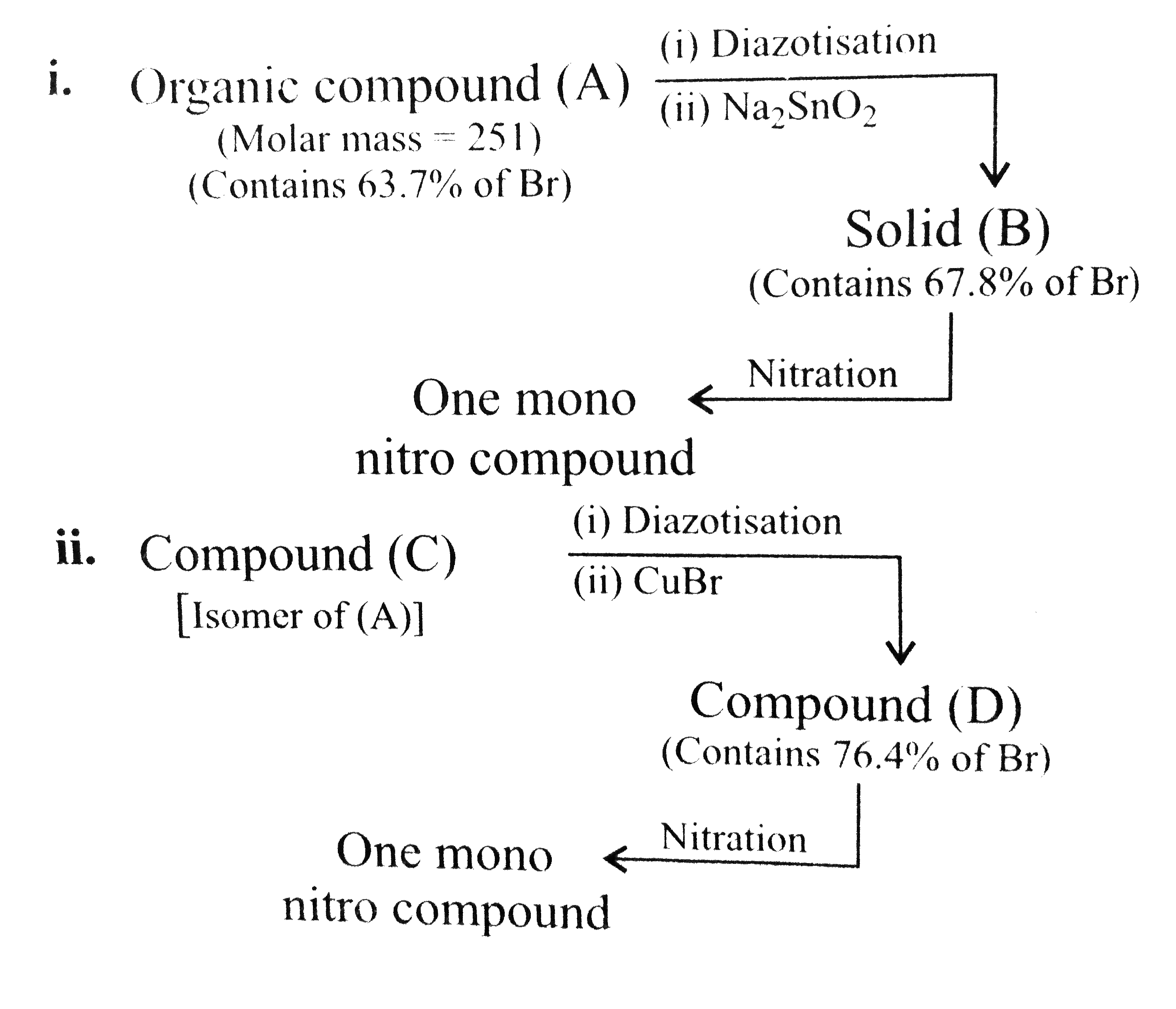
(ii)
Compound(C)is:A(I)B(II)C(III)D(IV)(i)
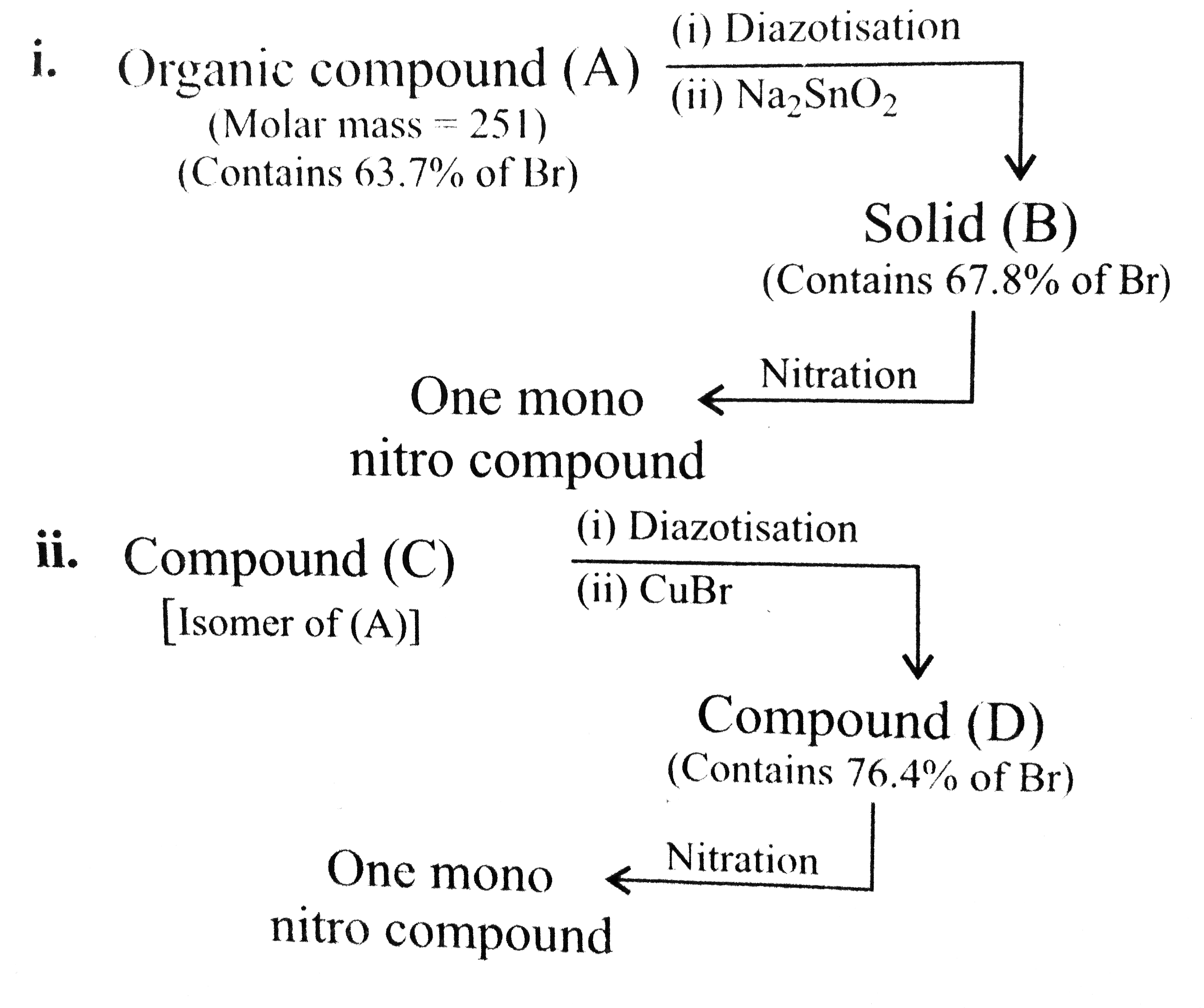
(ii)
Compound(B)is:A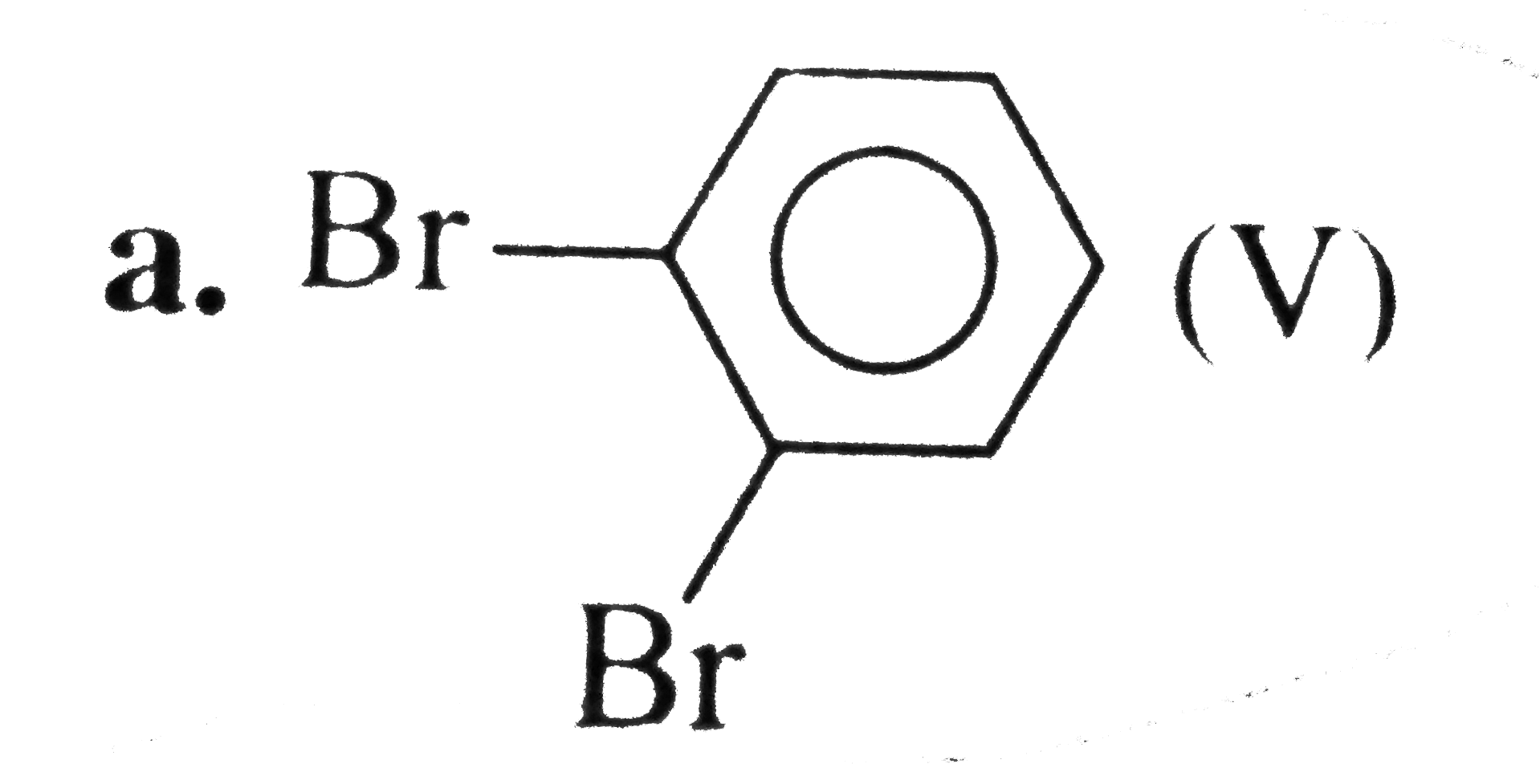 B
B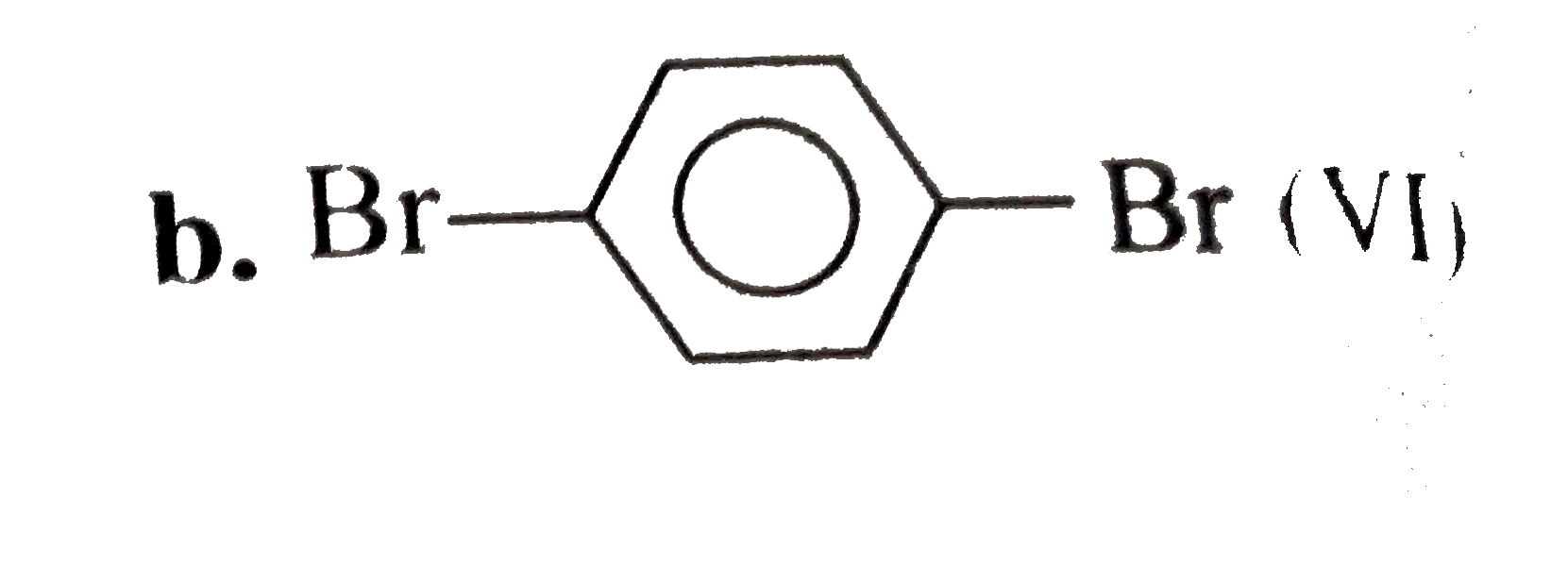 C
C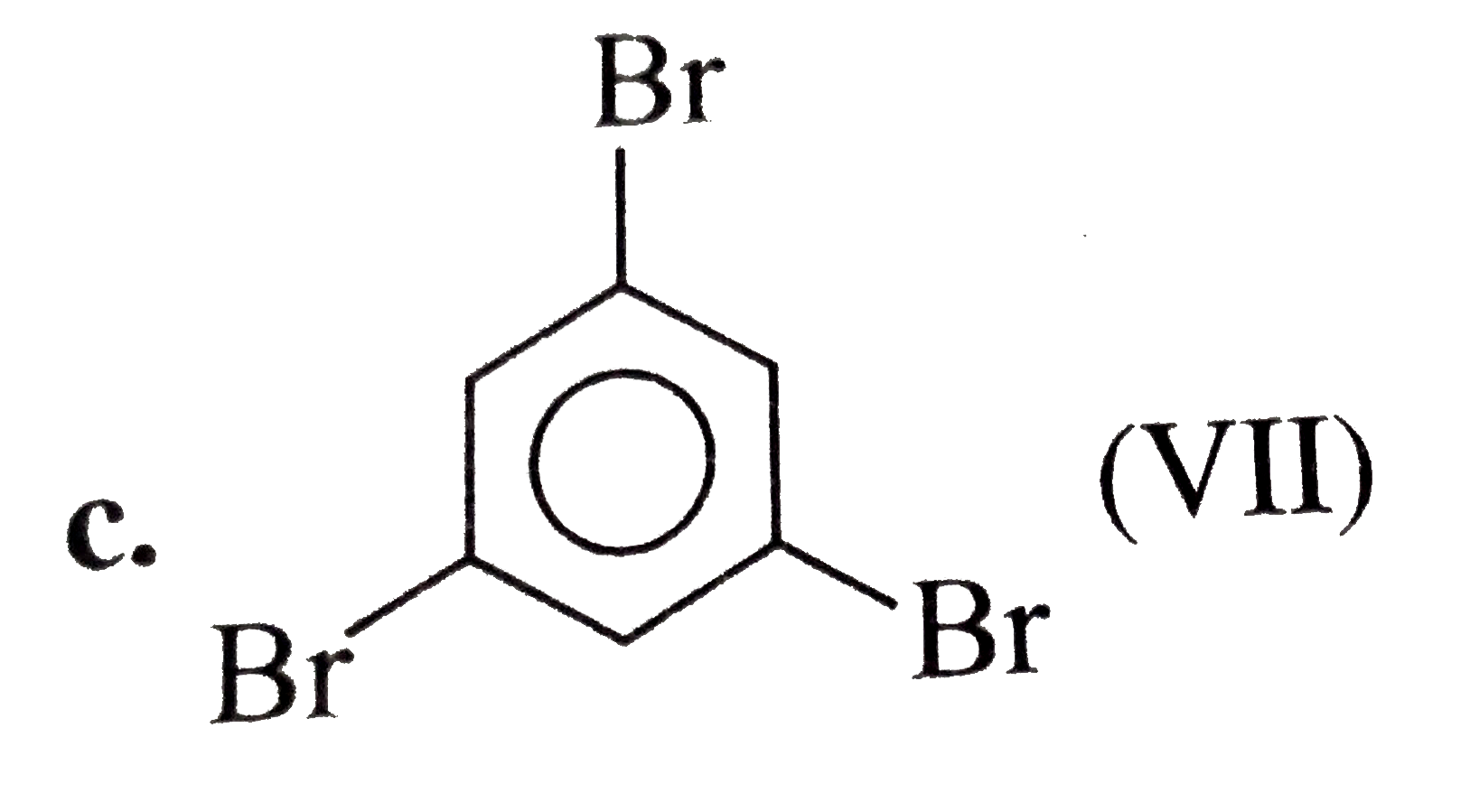 D
D
(i) Carboxylic acid

(ii) Compound (D) is prepard by carbonation(Mg/ether,CO2/H3O+) of compound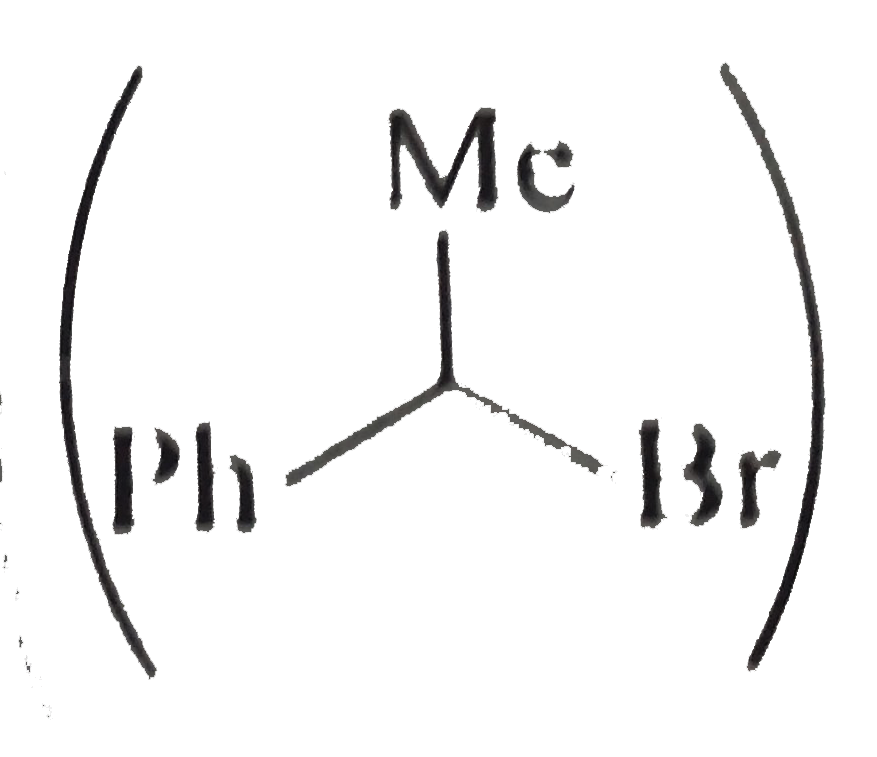
(iii) Compounds (A) and (D) give positive test with CrO3 in acid.
Compound (B) is :A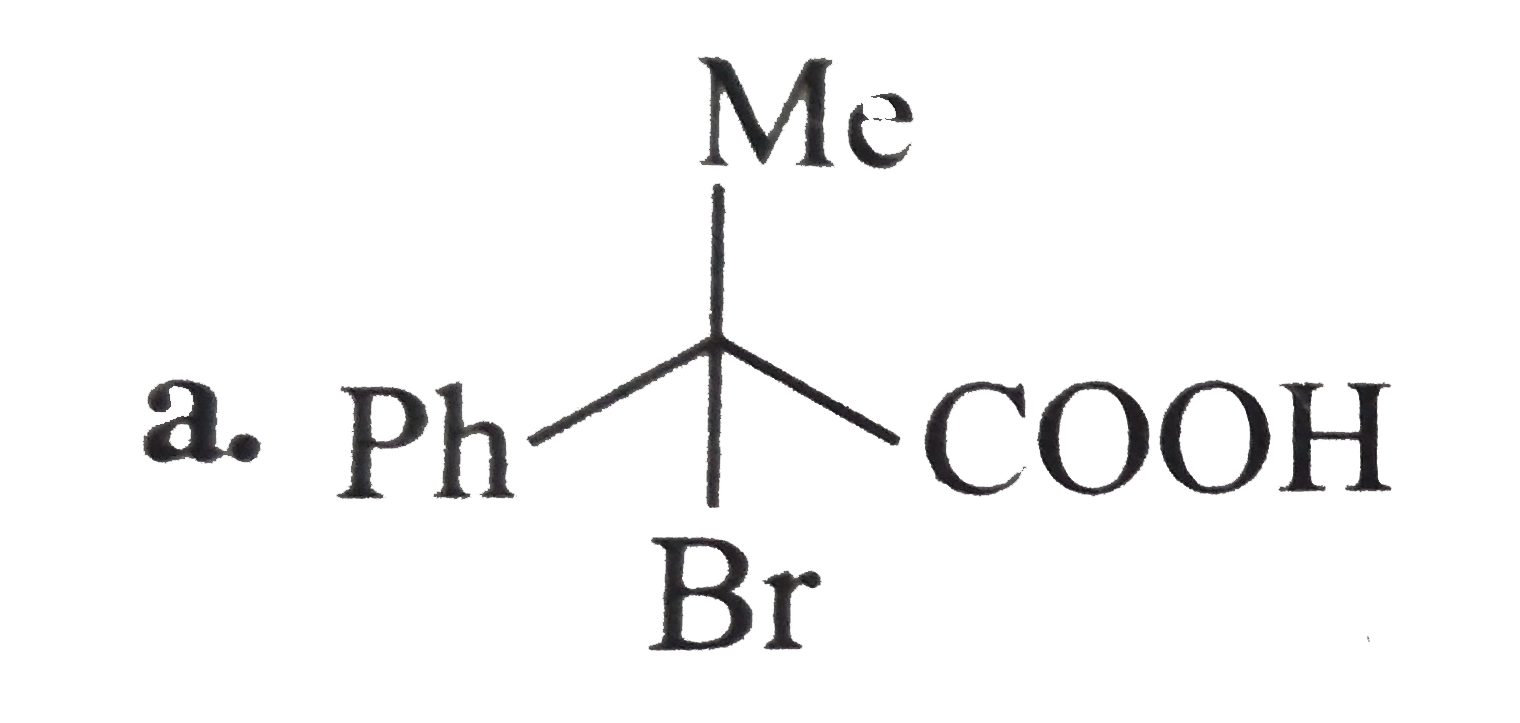 B
B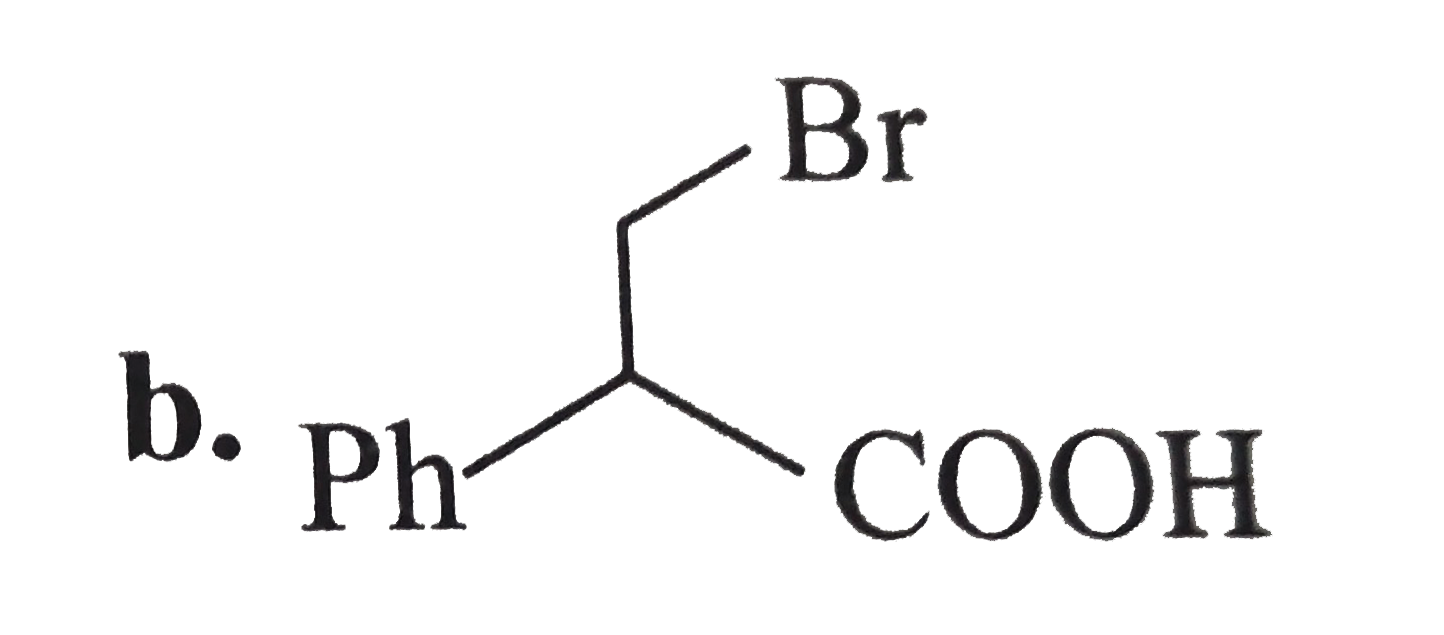 CBoth (a) and (b)D
CBoth (a) and (b)D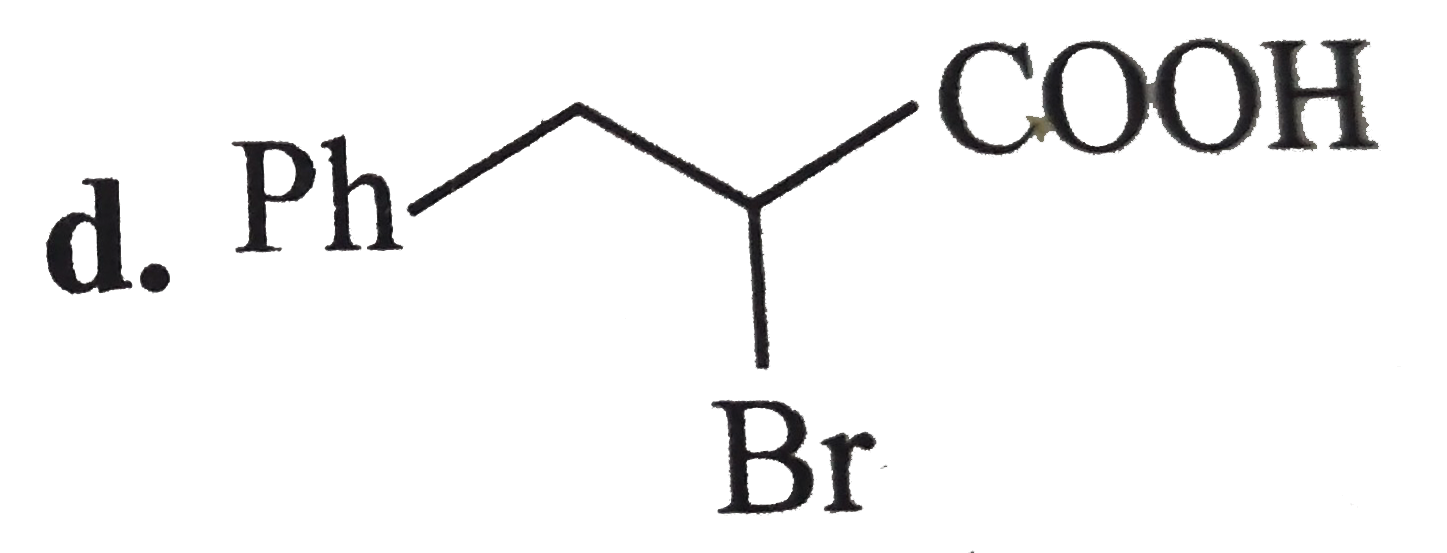
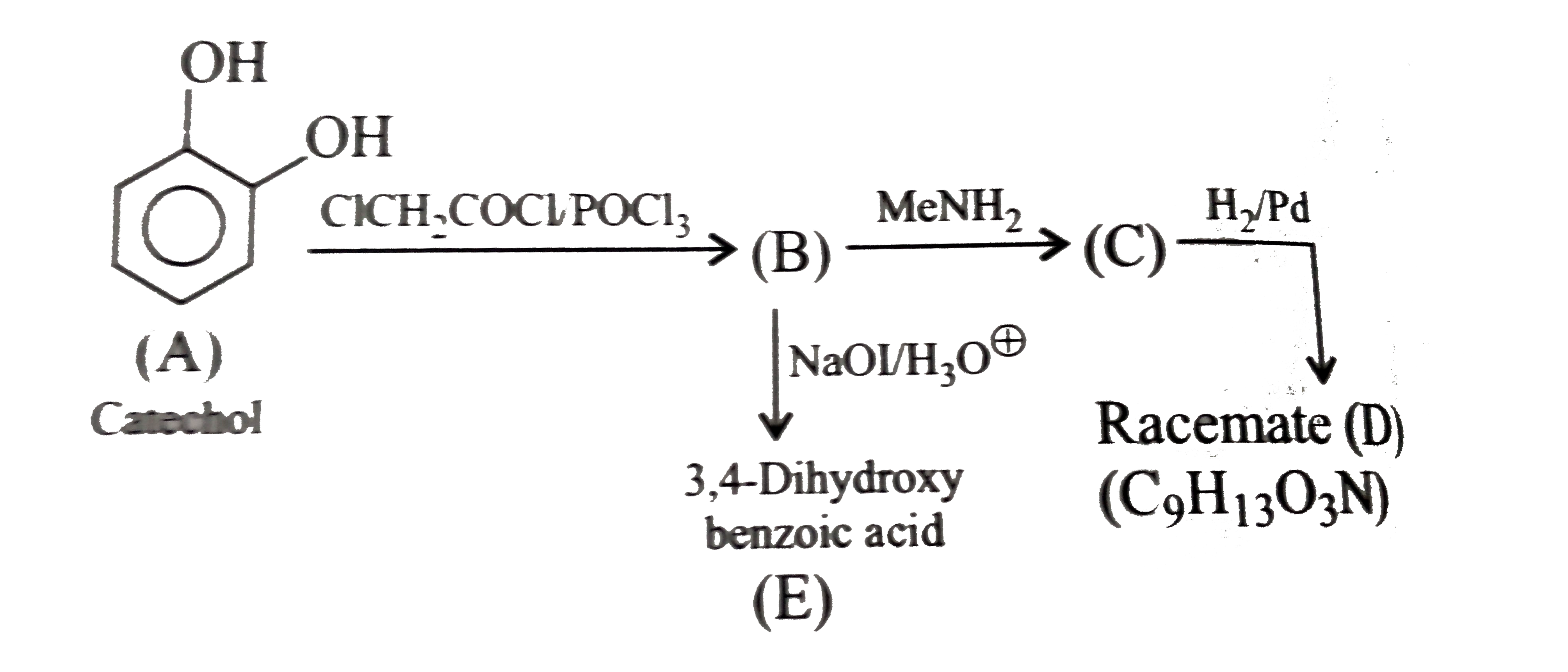
The compound (D) is:
View Solution(i) Carboxylic acid

(ii) Compound (D) is prepard by carbonation(Mg/ether,CO2/H3O+) of compound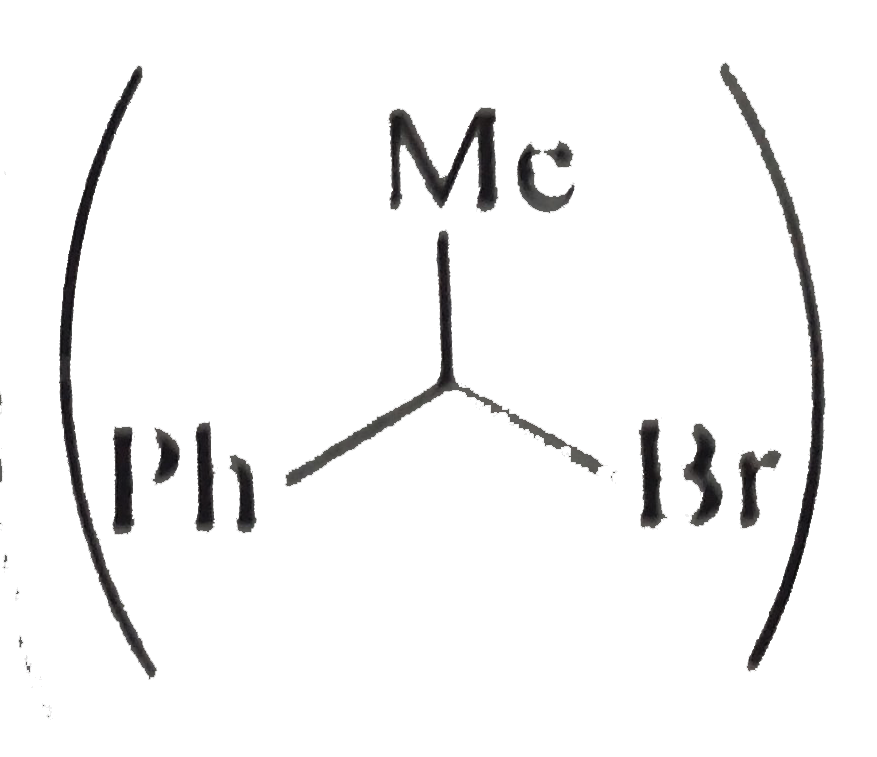
(iii) Compounds (A) and (D) give positive test with CrO3 in acid.
Compound (C) is :
View Solution(i) Carboxylic acid

(ii) Compound (D) is prepard by carbonation(Mg/ether,CO2/H3O+) of compound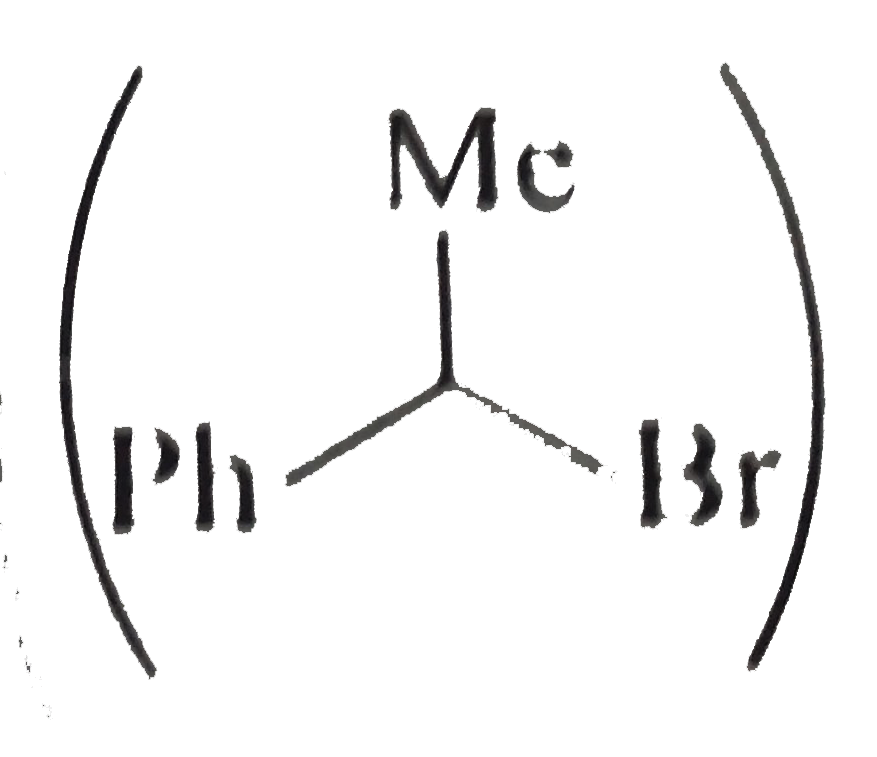
(iii) Compounds (A) and (D) give positive test with CrO3 in acid.
Compound (A) is :
View Solution(i) Carboxylic acid

(ii) Compound (D) is prepard by carbonation(Mg/ether,CO2/H3O+) of compound
(iii) Compounds (A) and (D) give positive test with CrO3 in acid.
Compound (A) is isolated from alkaloid atropine and is used to relieve muscle pain. To which class of drugs does compound (A) belong ?
View Solution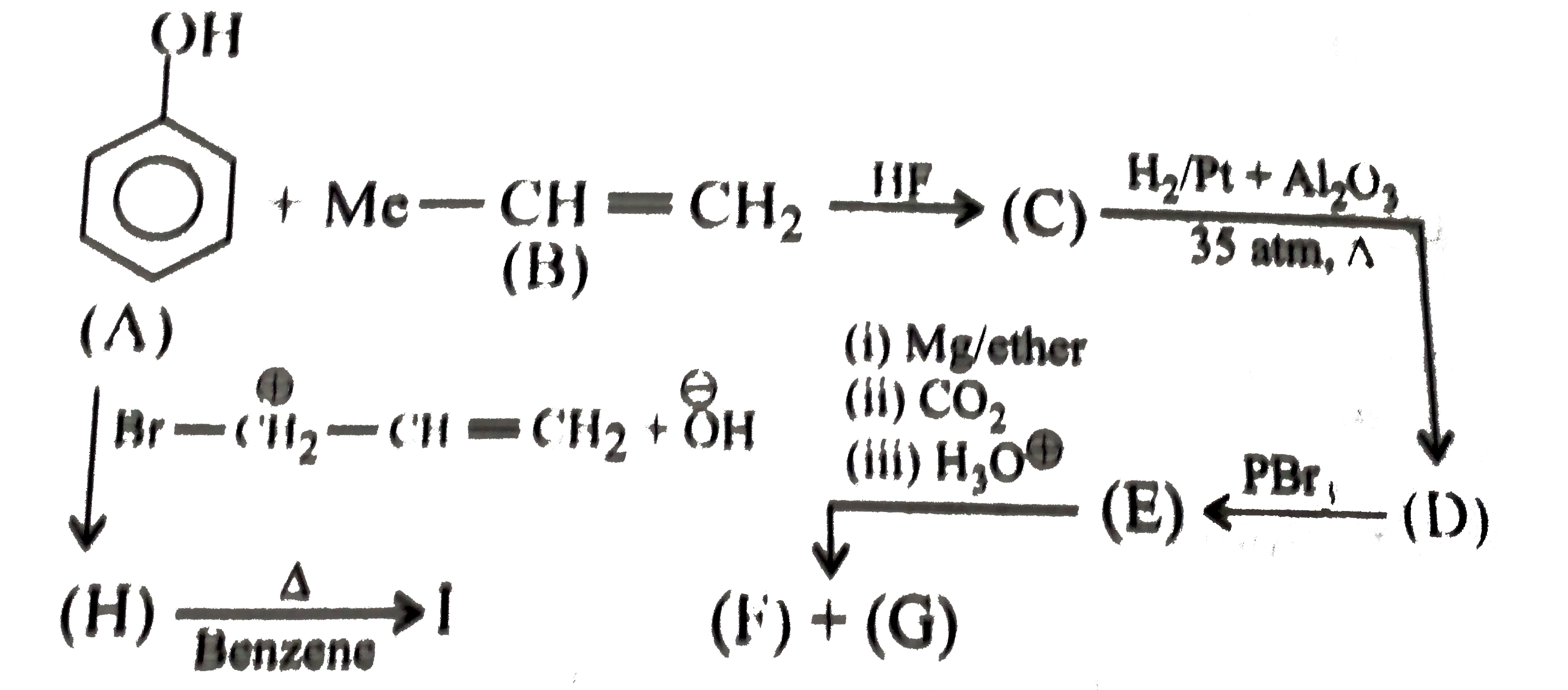
The compound (D) is:
View Solution

